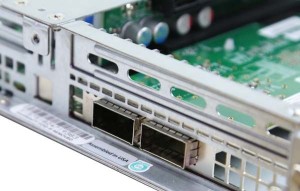 40GbE (Gigabit Ethernet) is Ethernet standard developed by the IEEE 802.3ba task force, enabling the transfer of Ethernet frames at speeds of up to 40 gigabits per second (Gbps). It also addresses physical layer specifications for communication across backplanes, copper cabling, multimode fiber and single-mode fiber. 40GbE standard was approved as an IEEE standard on 17 June 2010. Now, 40 Gigabit Ethernet is already upon us. It become a new generation of high-speed, high-demand, computing applications and technologies.
40GbE (Gigabit Ethernet) is Ethernet standard developed by the IEEE 802.3ba task force, enabling the transfer of Ethernet frames at speeds of up to 40 gigabits per second (Gbps). It also addresses physical layer specifications for communication across backplanes, copper cabling, multimode fiber and single-mode fiber. 40GbE standard was approved as an IEEE standard on 17 June 2010. Now, 40 Gigabit Ethernet is already upon us. It become a new generation of high-speed, high-demand, computing applications and technologies.
Like 1GbE or 10GbE network, the heart of the 40GbE network layer is a pair of transceiver modules which are connected by a patch cable. The transceiver modules and patch cables seem to be the most basic components for transmission. The former is used to plugged into either network servers or various of components such as interface cards and switches.
40GbE transceivers are being developed along several standard form factors.
The CFP (C form-factor pluggable) transceiver features twelve transmit and twelve receive 10Gbps lanes to support one 100GbE port, or up to three 40GbE ports. Its larger size is suitable for the needs of single-mode optics and can easily serve multimode optics or copper as well.
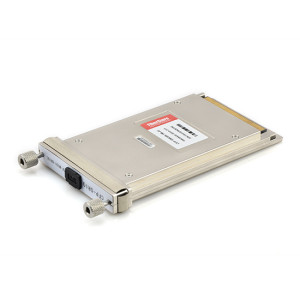
The QSFP/QSFP+ is similar in size provides four transmit and four receive lanes to support 40GbE applications for multimode and single-mode fiber and copper today. It is the most popular interface of 40G transceivers now. Two main types of QSFP+ transceivers are used in the data center: short reach (QSFP-40G-SR4) for ~100 meters transmission on multimode fiber and long reach (QSFP-40G-LR4) for 100 meters to 10km using single-mode fiber. In addition, according to different objectives, there are other types of QSFP+ modules, such as 40GBASE-ER4, 40GBASE-PLRL4, etc.
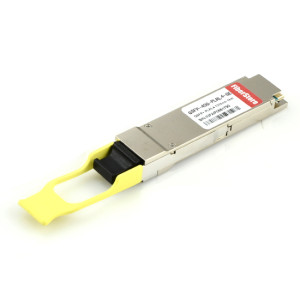
The cabling for 40 GbE can be optical fiber or copper. The supportable channel length depends on the cable and the transceiver type. With regard to connectors, the only significant change outlined in the 802.3ba standard is the use of MPO/MTP connectors at the multimode transceivers to support the multifiber parallel optics channels.
OM3 and OM4 multimode cabling is generally recommended for data center 40GbE applications. Its reach supports a wider range of deployment configurations compared to copper cabling. In addition, the cost of using OM3 and OM4 multimode cabling solution is lower than the single-mode cabling solution.
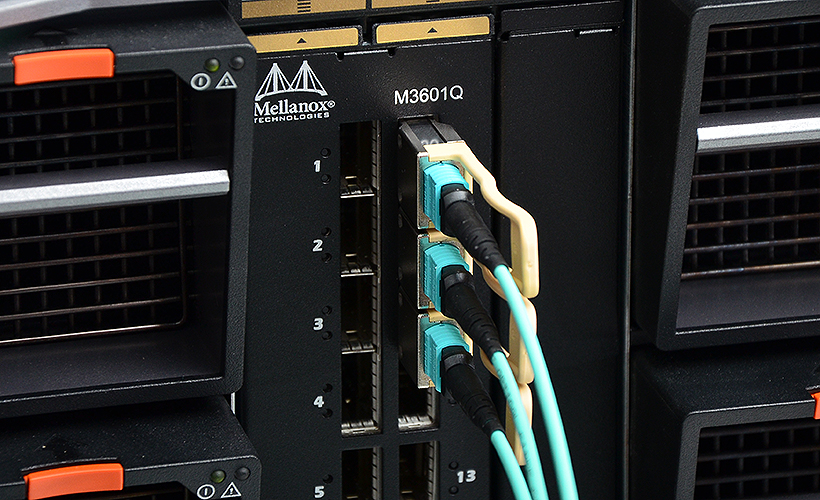
As an ideal solution for short-distance interconnection, direct attach copper cable (DAC) and active optical cable (AOC) are widely used in data center. Especially the 40G QSFP+ breakout cables, with various of advantages compared with copper solutions and transceiver modules, are cost-effective solution for 40GbE migration from 10GbE.

Unlike the traditional Ethernet standard which has relied upon duplex fiber cabling with each channel using one fiber to transmit and the other to receive, 40GbE standard uses parallel optics for transmission. For 40GbE, a 12-fiber cabling solution with each channel featuring four dedicated transmit fibers and four dedicated receiver fibers is used. In general, the middle four fiber remain unused. Parallel transmission is also used for 100GbE with a 24-fiber solution or two 12-fiber solution.

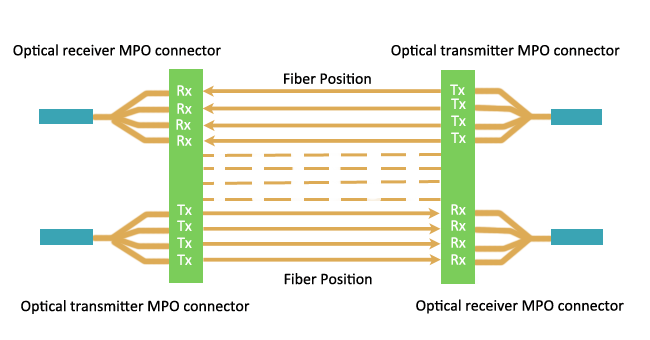
At present, 40GbE is taking over from 10GbE as the new high-growth market segment. Meanwhile, the 40GbE optics are universal in data center and the market of 100GbE is accelerating. The market for 40 GbE and 100 GbE will evolve over the next three to seven years as products become less expensive and more available over time. This post is a quick and simple overview of 40GbE and its fiber optic components of the interconnected foundation which may give you a general idea of 40GbE. If you are interested in this topic and want to know more details, you could read the IEEE relative standard. If you have any demand for the 40GbE components or product solutions, please contact FS team over sales@fs.com or have a livechat on www.fs.com.



